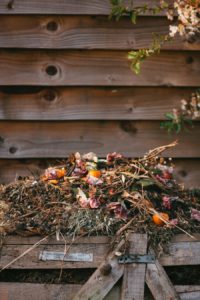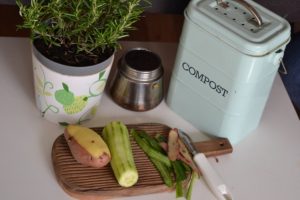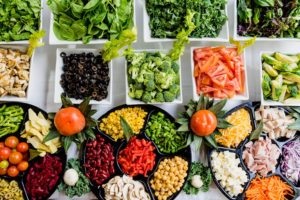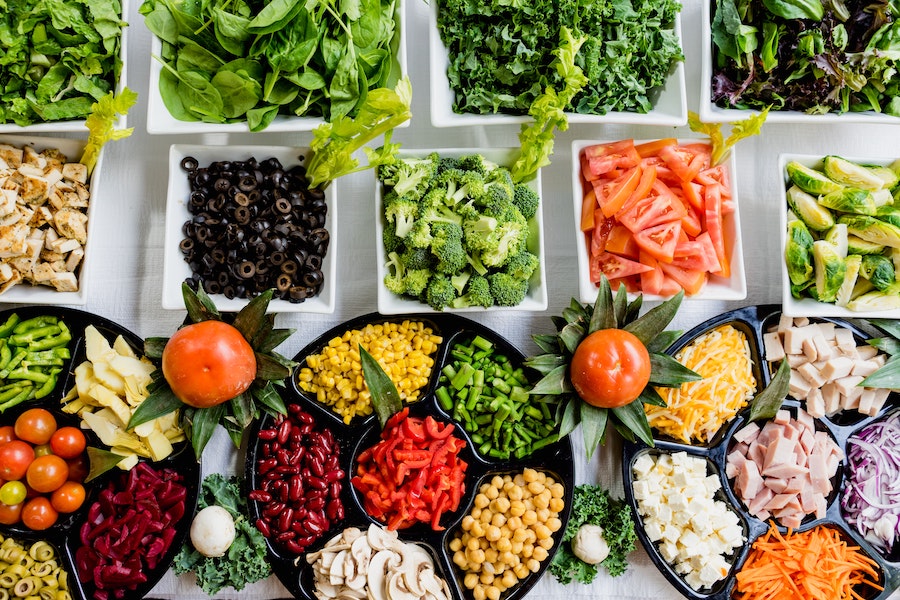We use, and we waste. Sadly, it is our environment that has to deal with what comes afterward by risking itself. And the result? A long list of environmental issues starting with air pollution, rising temperatures, changing climates, and natural disasters; it’s not surprising to assume that the environment might be showing that it is done with handling our mess. We live a waste lifestyle and the environment has to take the brunt of it.
Nevertheless, if there’s someone that can handle the situation – it’s us. And surprisingly, it doesn’t take a lot to do something good for the environment. All we have to do is change our lifestyle a little, be more conscious to reduce wastage.
So, if you’re someone who wants to contribute, and do your part, you must start somewhere and in my opinion, your kitchen is the best place to do so. It’s the home to harmful substances – the most deadly of that lot is PLASTIC. Your job is to reduce its consumption as much as you can.
But how do you do that?
Start with these easy kitchen swaps.
Zero-waste kitchen swaps
-
What not to use » What to use
- Plastic Sponges » Cotton sponges
- Liquid soap that comes in plastic packaging » Organic dish soap bars
- Aluminum foils and plastic wraps » Beeswax wraps/steel lunch boxes (My favorite ones come from Nature Bee Wraps!)
- Plastic food storage bags » Silicon bags
- Plastic food jars » Glass/steel jars or mason jars
- Polythene » Cloth shopping bags
- Plastic vegetable bags » Cloth Vegetable trolleys
- Paper napkins » Cloth napkins
- Plastic straws » Steel/Bamboo straws
- Disposable plates and spoons » Glass or steel plates, and steel spoons/fork (My new favorites come from Bentgo and I use these for the girls’ lunchboxes and silverware)
- Plastic bottles » Glass/copper bottles
- Teabags » Tea leaves
- Plastic coffee tumbler » Stainless steel mugs
- Paper cupcake liners » Reusable silicon cupcake liners
- Plastic chopping board » Wooden chopping board
- Plastic kitchen spatula » Steel/ wooden spatula
- Plastic soap dish » Wooden soap dish
- Plastic buckets » Steel buckets
- Plastic bags / Plastic sachets » Brown paper
- Cleaning agents in plastic packaging » Baking soda/ lemon
- Plastic Tupperware » Glassware
- Bottled water >> Reusable water bottle
- Cotton balls >> Organic Cotton wipes or even washable makeup sponges
- Drip Coffee Filters >> French Press
-
Other additional tips to reduce and handle waste
-
Reduce takeaways
Takeaways come in plastic packaging. Unless you choose a restaurant that emphasizes sustainable living conduct, try to reduce your takeaways. If the option is available, try to eat out in the restaurant itself – that would ensure that you’d have the option of using crockery (Glass, or steel) available at the restaurant.
This is one thing as a family, we usually don’t do, unless it’s dessert! We rarely eat leftovers, so they end up taking valuable space in the refrigerator we aren’t willing to give up. Plus, it’s less to carry away!
-
Only take what you can eat (Be mindful of the quantity)
This one is for reducing food wastage at your home. Only take the quantity you
I practice this in our home constantly, especially when the girls say they are starving, yet only eat a little bit. It’s easier to have little portions to start than a whole plateful that goes to waste.
When you take more than you can handle, this usually results in using plastic wrap for storage or even paper towels to cover the food when warming up in the microwave.
-
Composting
Composting can be a blessing for both the environment and your garden.
I haven’t personally composted, but I have seen some pretty great options which take the smell right away and are quite powerful. This one from Vitamix has great reviews.
-
Opt for loose food items
Some grocery items such as wheat and rice come in both plastic packaging and
I believe this will start to return into a post COVID world, but do the best you can to reduce the waste. If you must buy something with a “plastic” on it, make sure it’s made of alternative material so it can be recycled or composted.
-
Conserve resources
This goes without saying – we think we have the resources in abundance but we do not. Resources are limited and we must do our best to conserve them not only for the environment but for our budgets as well. Thus, always ensure that you conserve valuable resources like water and electricity. For electricity – do not leave the electric points running when you don’t need them, and for water – by ensuring you do not leave the tap running for long. (Even ten seconds of water wastage can be heavy.)
It is really important we teach the younger generation this especially with the growing amount of screen time and need to always be doing something. My two get distracted easily so this is an important reminder for them.
-
Go local
When you opt for local markets, instead of the big, commercial stores, you reduce your carbon footprint. You save the transportation, production, and packaging needs and resources that are usually incurred to meet your demand. Not to mention, these big commercial brands and retail stores are not eco-friendly and do a lot of energy wastage in the name of convenience. Be wise with your choices.
I love shopping local farmers markets as much as possible because I usually discover a new company or product I can share with my guests and family!
-
Go vegan
Going vegan can be highly beneficial for the environment. Among the many
I’ve been vegetarian/vegan since I was a teenager and I can attest that not only is it healthier for your own body, I find less waste in the kitchen as I don’t have a lot of the same trash as my non vegan/vegetarian family members. It makes trash day lighter and also keeps the refrigerator nice and stocked!
-
Grow your own vegetable garden
You’ll not only save the environment by reducing your carbon footprint but would
Well, that’s enough to get you started. If you decided to do as mentioned, you’re doing a marvelous deed for the environment. Be proud of yourself. These waste swaps are pretty easy to implement and are more than most people will try to do in their life, so every little bit helps!
Hey there, how do you reduce wastage in your kitchen? Feel free to share some tips with us in the comment section.


Recent Comments